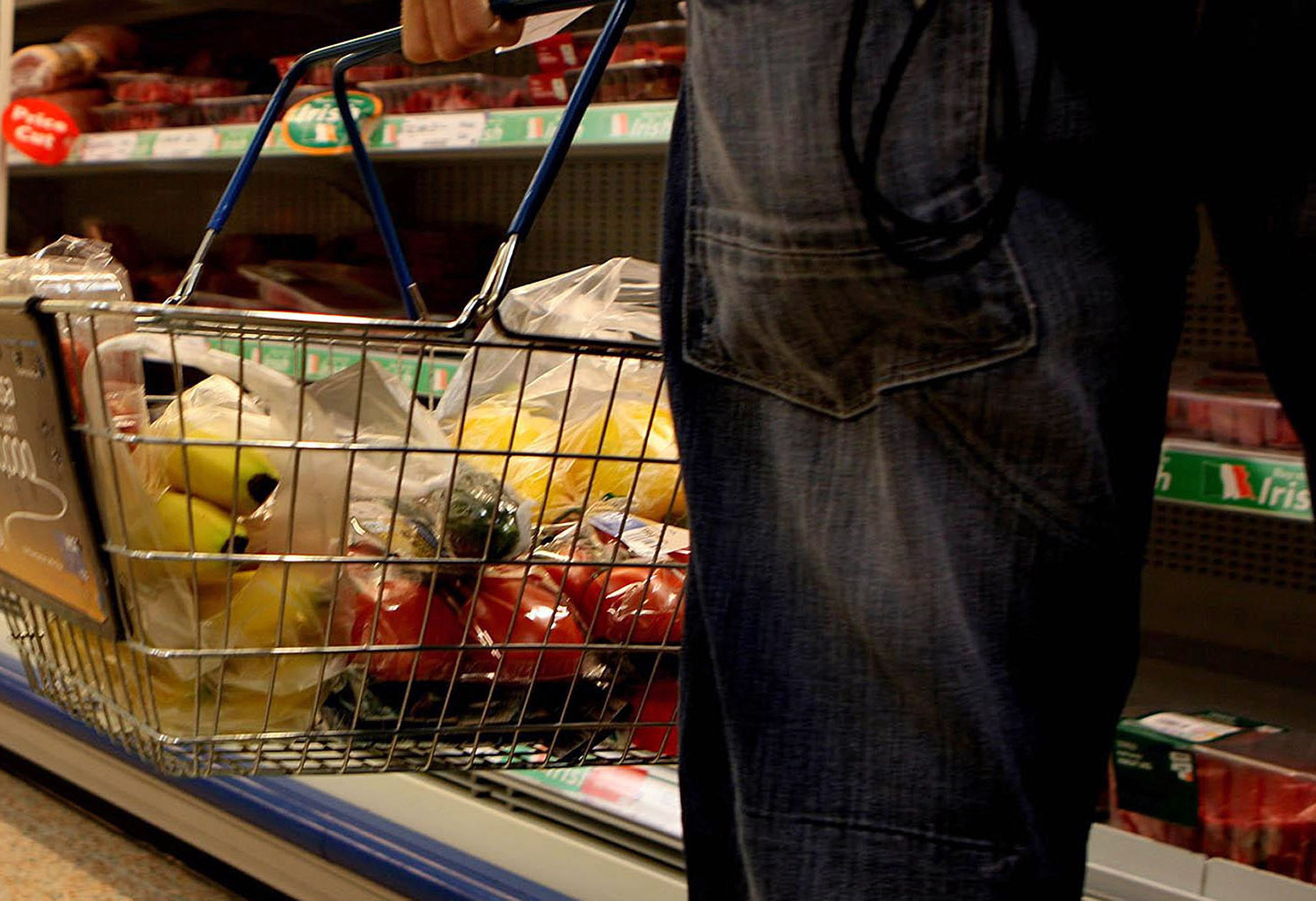
A grocery “big shop” at the discounters is almost £15 cheaper than at the Big Four supermarkets and £20 less than at Waitrose and Marks & Spencer, retail figures show.
The average cost of grocery trips for at least 20 items ranges from £31.28 in bargain stores such as Poundland, B&M and Home Bargains to £58.85 in Waitrose, according to data from analysts Nielsen.
The average spend on the big shop at discounters Aldi and Lidl is £38.76, compared with £53.16 across the big four – Tesco, Asda, Sainsbury’s and Morrisons – and £58.52 across Waitrose and M&S.
Nielsen’s UK head of retailer and business insight, Mike Watkins, said: “In simple terms, a big shop at the discounters is nearly £15 cheaper than one at the Big Four and £20 cheaper than at Waitrose and M&S.”
The figures, based on Nielsen’s Homescan data, which measures purchasing by 15,000 British households, show that shoppers are making more frequent, smaller grocery trips alongside the big shop.
Small purchases – baskets of fewer than six items – account for 53% of grocery trips, while medium trips for six to 20 items make up 34%.
Consumers make 5% more grocery trips than they did two years ago, resulting in the average amount spent on the big shop dropping 5% to £50.58.
Mr Watkins said: “The move to ‘little and often’ is a symptom of busier and more time-pressured lifestyles as well as financial concerns of wasting food.
“Thus, supermarkets have made huge investments in the convenience store format to meet this demand and offer a greater variety of food and drink. Their historical role for purely immediate or ‘distress’ purchasing is long gone.”
Aldi and Lidl’s share of big shop trips is now 13%, and Nielsen predicts that this will more than double within five years if their current growth continues.

Enjoy the convenience of having The Sunday Post delivered as a digital ePaper straight to your smartphone, tablet or computer.
Subscribe for only £5.49 a month and enjoy all the benefits of the printed paper as a digital replica.
Subscribe